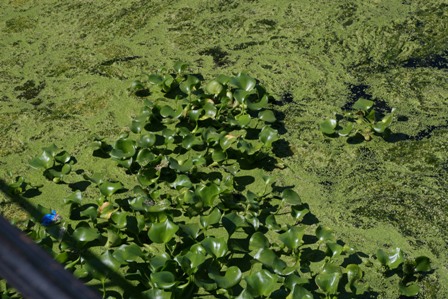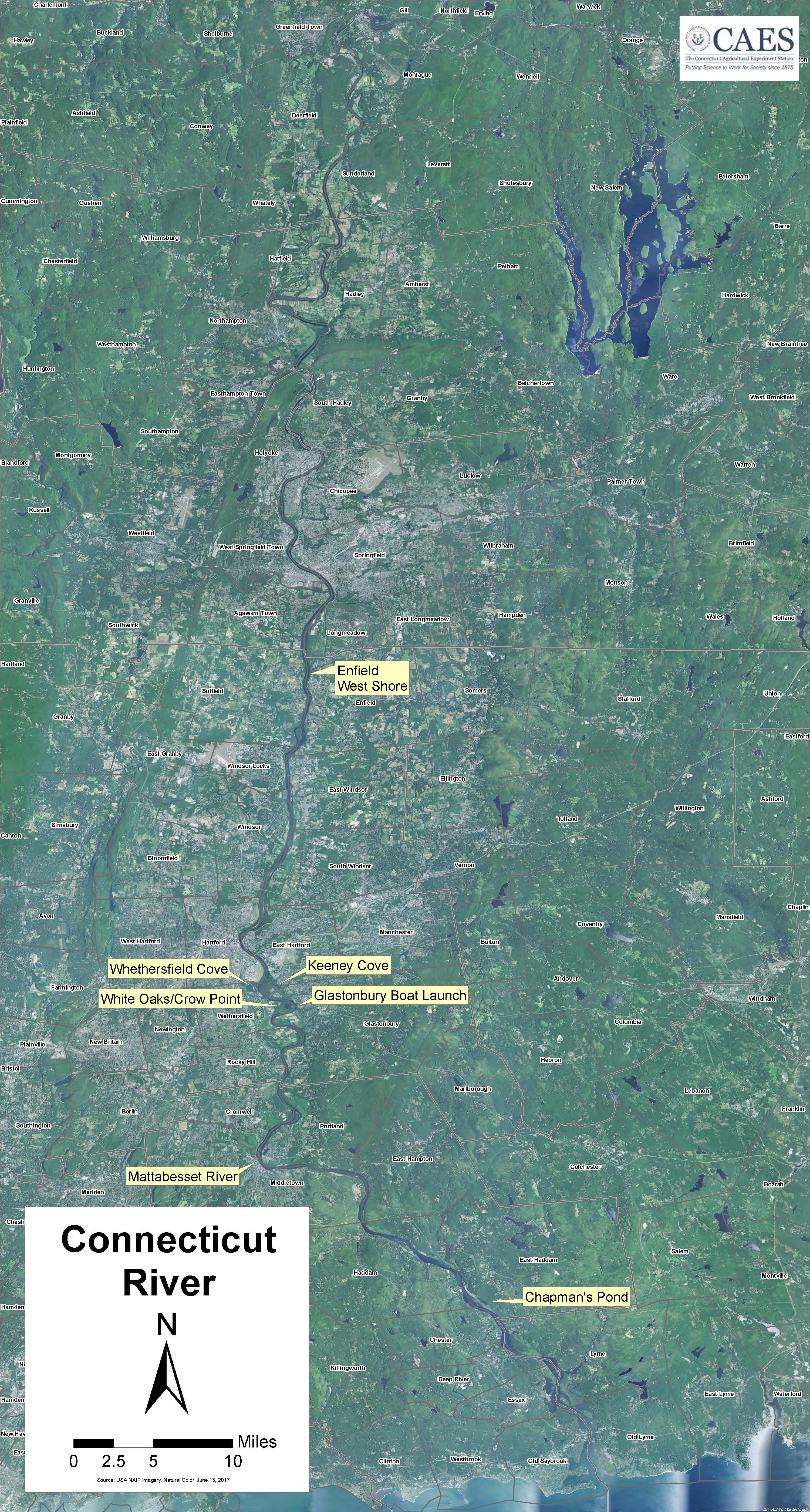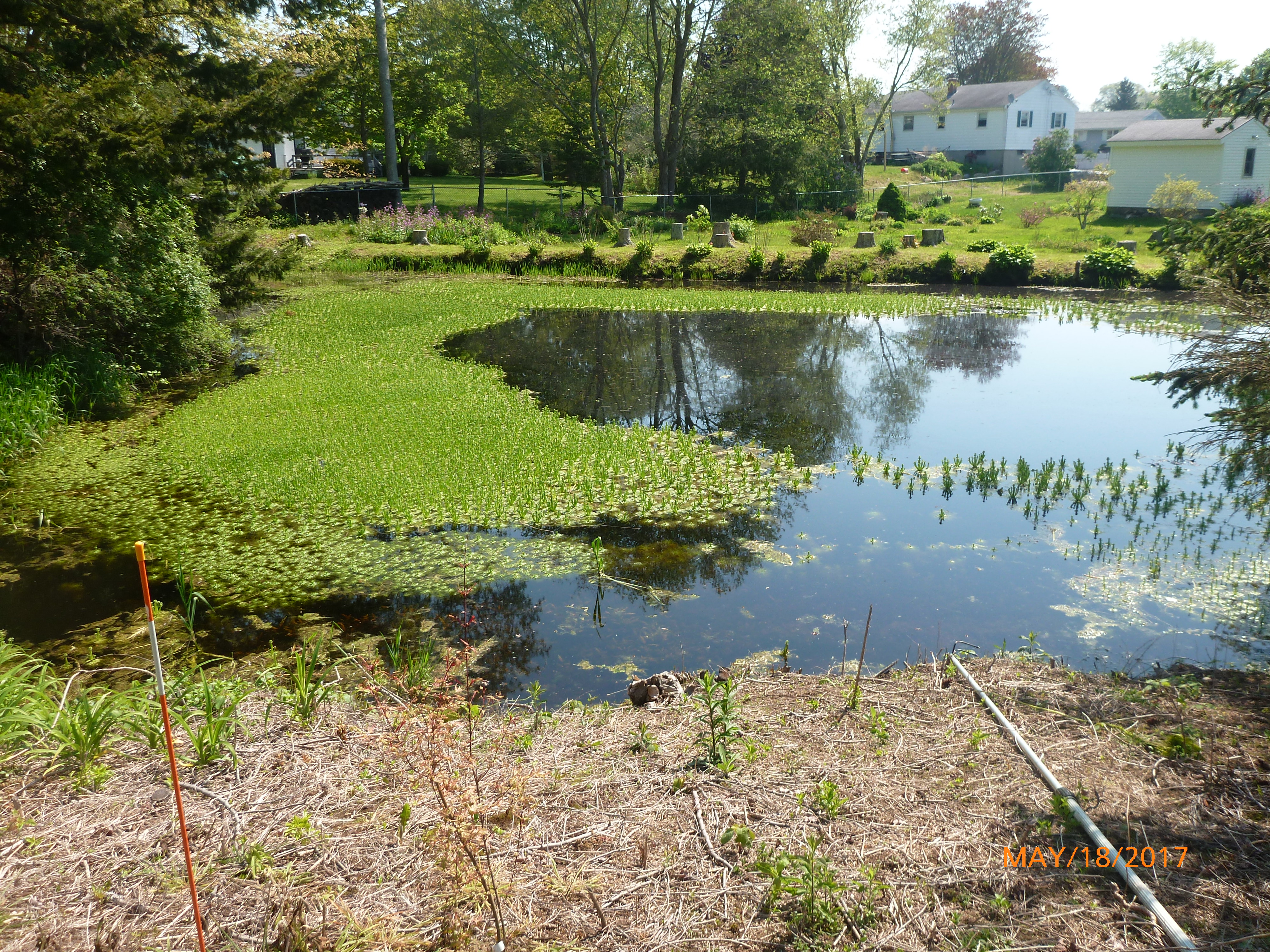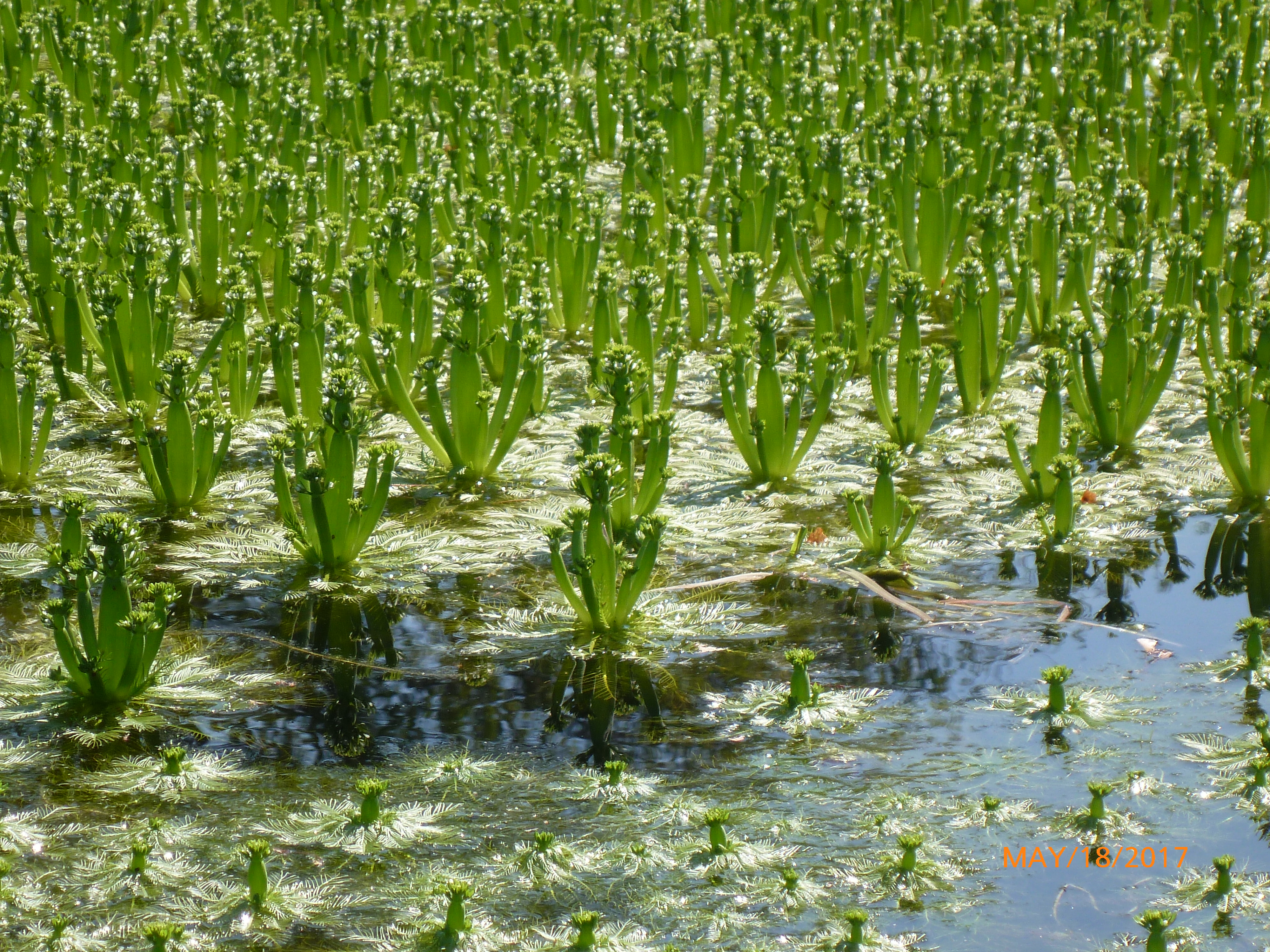Invasive Plant Advisories
5/14/2021
Public Information Statement on hydrilla (Hydrilla verticillata) in the Connecticut River.
2/27/2019
CAES IAPP continued work on the Connecticut River in 2018 to determine the spread of hydrilla. For more information check out the Connecticut River webpage.
2/14/2018
5/30/17
The CAES IAPP team has recently identified the species Hottonia inflata (featherfoil) in two ponds in Connecticut where it has not previously been reported. Although this species can form dense populations and appear to be invasive, it is actually listed as a species of “Special Concern” under the Connecticut Endangered Species Act. This provides certain protections regarding its control. Hottonia inflatatypically occurs as a winter annual and tends to be most prevalent after sediments are exposed in autumn (like during the 2016 drought). This might be the reason why the populations are so large and easily detectable this year. CAES IAPP would like to know if this plant is becoming more common in CT. If you notice this plant in a pond or lake contact Greg Bugbee at (203) 974-8512 or gregory.bugbee@ct.gov.
2/01/12
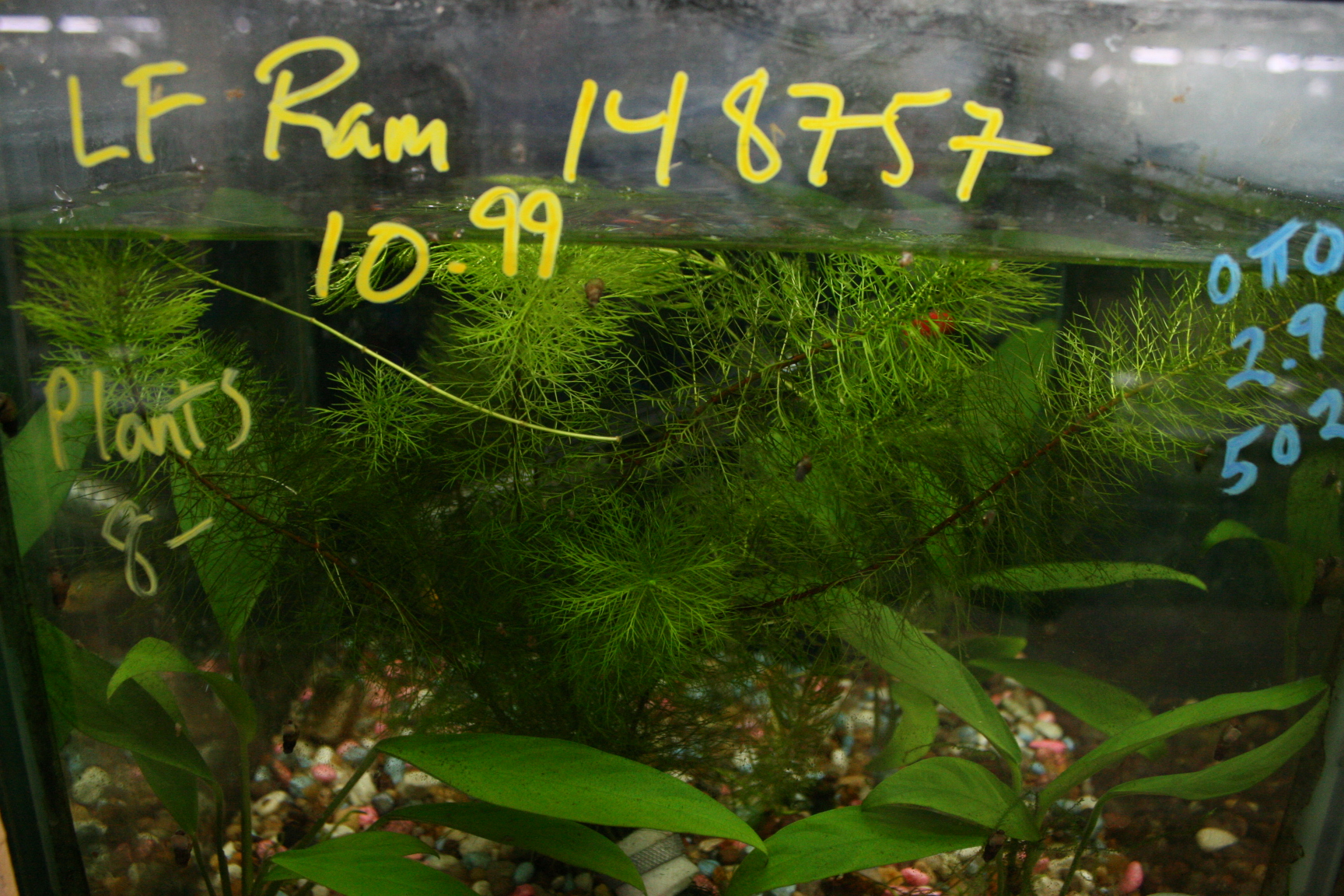
The Connecticut aquarium trade poses a risk of introducing non-native aquatic macrophytes. Recent surveys by CAES IAPP show that nearly 30% of the State's aquarium plant retailers sell banned species. Cabomba caroliniana and Egeria densa are the two most common banned plants offered for sale. Myriophyllum aquaticum and Myriophyllum heterophyllum are also available. The incidence of species misidentification by wholesalers and retailers is high with Egeria densa often sold as Anacharis, Anacharis najas or Egeria najas. Members of the genus Myriophyllum, often look similar and cannot be readily identified morphologically. Cabomba furcata will often be confused with C. caroliniana. Greater education is needed to curtail wholesale and retail sales. Additional enforcement may also be needed. Regulation may need to incorporate molecular techniques to assure suspect plants are correctly identified.
9/28/09
